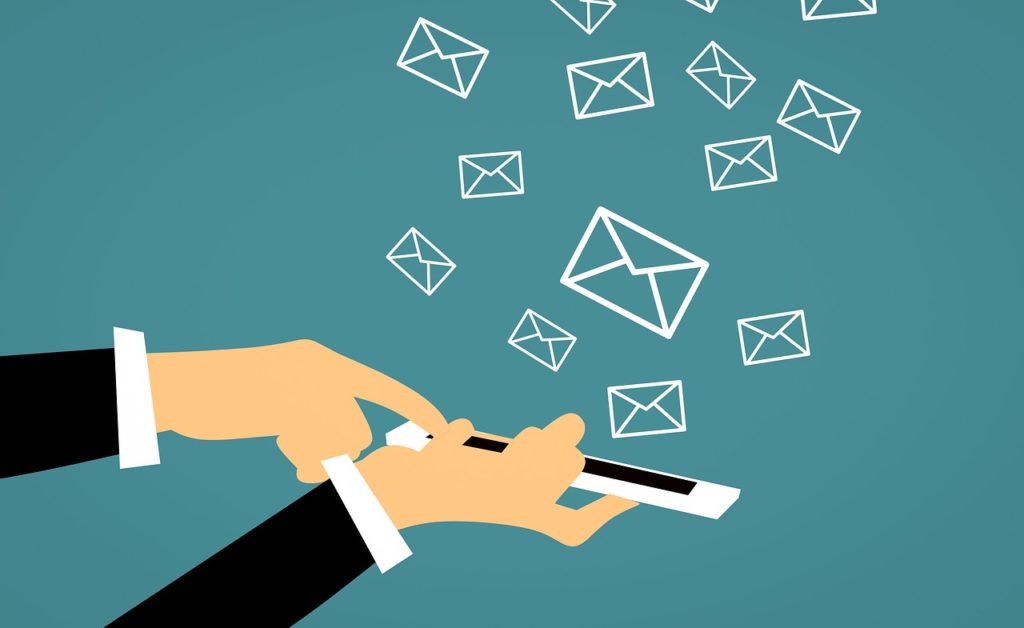Your email inbox…one of the places we as business owners spend much of our time. Unfortunately, many times it is a place of disorganized chaos.

Whether you have one email for both your work and personal life or multiple email accounts, keeping your inbox organized can increase your productivity and decrease your level of stress.
It doesn’t take long for an inbox to get out of control but with the following tips you will be on the right track to keeping your inbox clean, organized, and under control.
Here are the five email organization strategies that help me keep my inbox organized.
1. Unsubscribe from Junk Mail and Advertisements
Unsubscribing from unnecessary emails may seem like an obvious suggestion, yet how many of us continue to click “delete” rather than “unsubscribe” on that constant stream of junk landing in our inbox each day? It’s a small and easy step to take to stop handling those junk emails.
2. Create Folders
Many email providers allow you to create folders within your inbox. By sorting messages into different folders or categories, you can easily find the messages you need when you need them while reducing the clutter of your inbox. Take a few minutes (each day if you have a lot of emails) to create separate folders and then get sorting!
3. Use Tags and Labels
While folders are helpful for keeping your messages organized, they are less useful when one message fits into more than one category. By applying tags or labels to your emails, you can mark them so they are easy to find later. You can also assign multiple tags to a single email, which allows you to easily find them later.
For example, I might receive an email with information about a meeting, but it also has a presentation attached. By tagging the email with both “presentation” and “meeting,” the email will come up when I search for each of the tags.
4. Archive and Search Your Email
Your inbox has a search bar, which you can use to find important emails quickly. Simply type in a name, email address, or phrase that you remember from the email, and the ones that match your search will pop up.
It’s nice to have the ability to search emails that you have already handled and filed in the event that you need to reference them later.
5. Set Up Filters
Many email providers allow you to set up filters or rules that automatically organize incoming messages. For example, if you’ve unsubscribed from an email, but the company continues to send information, you can set up a filter or a rule that automatically pushes their email to the junk or spam folder.
Additionally, you can use filters to sort incoming messages into different folders depending on the sender, subject, or keywords. This is a great time saver, as you don’t have to sort through the emails yourself, first.

These strategies may take some time to put into place, but the amount of time you will save in the long run is worth it.
